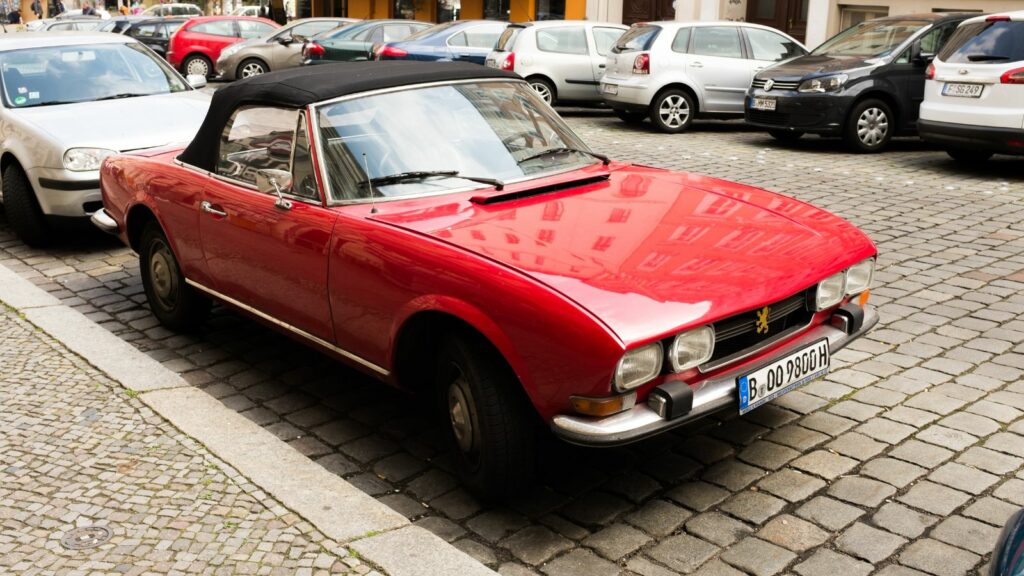Cars are reflections of their time, symbols of freedom, and, in some cases, stars of pop culture bigger than many of us could ever dream of being. Some cars leave a permanent tire track across the cultural landscape, appearing in movies and TV shows and even influencing fashion and lifestyles. Here are 8 cars that changed popular culture forever.
Ford Model T (1908)
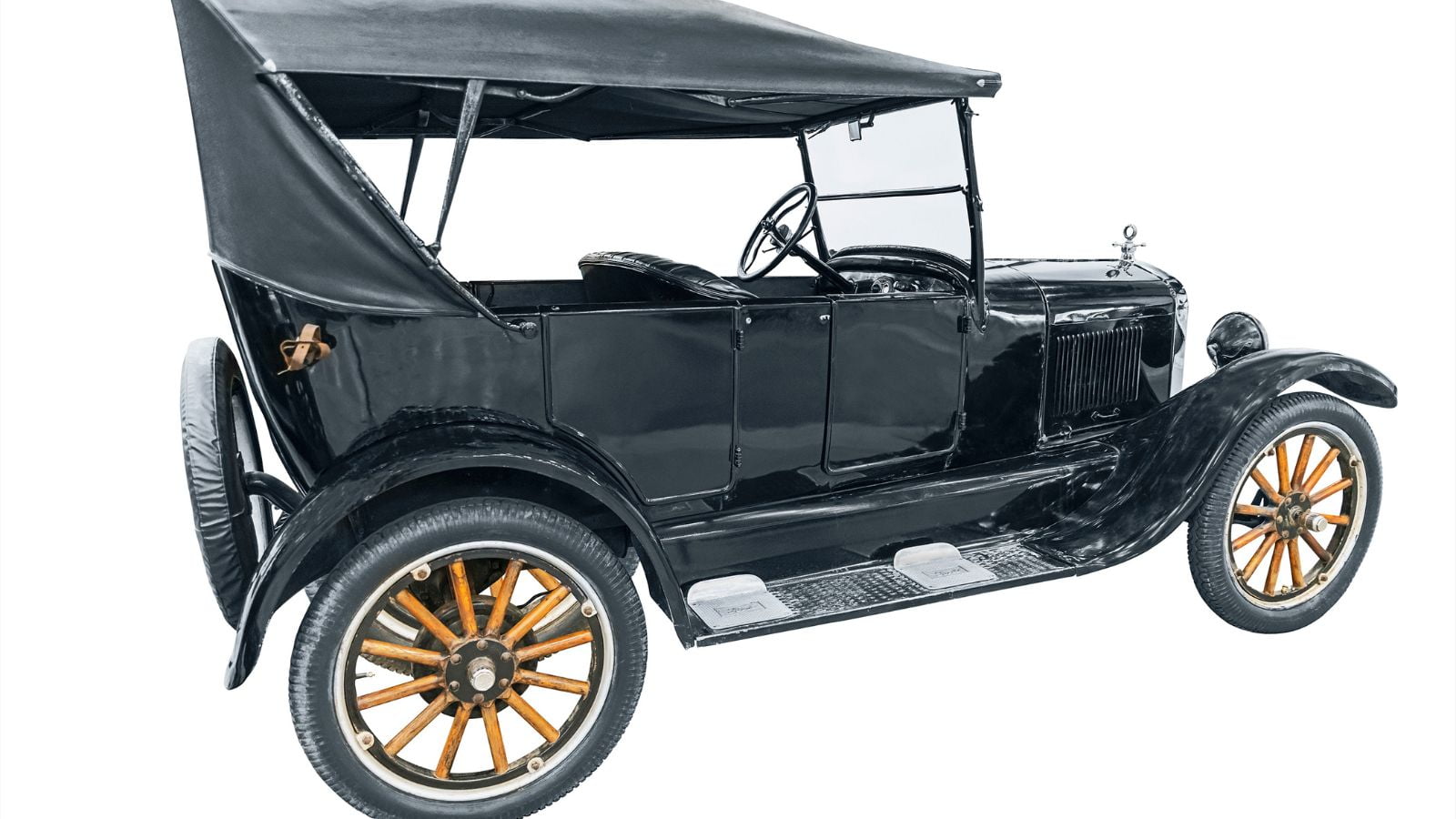
Before the Ford Model T, cars were only for the wealthy. Then Henry Ford revolutionized the production line, and suddenly, cars were within reach for the everyday person. The Model T was the first car to be mass-produced, making it affordable and accessible. The “Tin Lizzie” (as it was lovingly nicknamed) didn’t just change transportation. It changed how society functioned. It allowed people to live farther from work, effectively inventing the modern commute (whether you want to thank Ford for that is up to you). Over 15 million were sold. More importantly, the Model T began America’s love affair with the open road—a love immortalized in countless songs, movies, and road trips. Without it, cruising down Route 66 would be more of a foot journey than a fun joyride.
Volkswagen Beetle (1938)
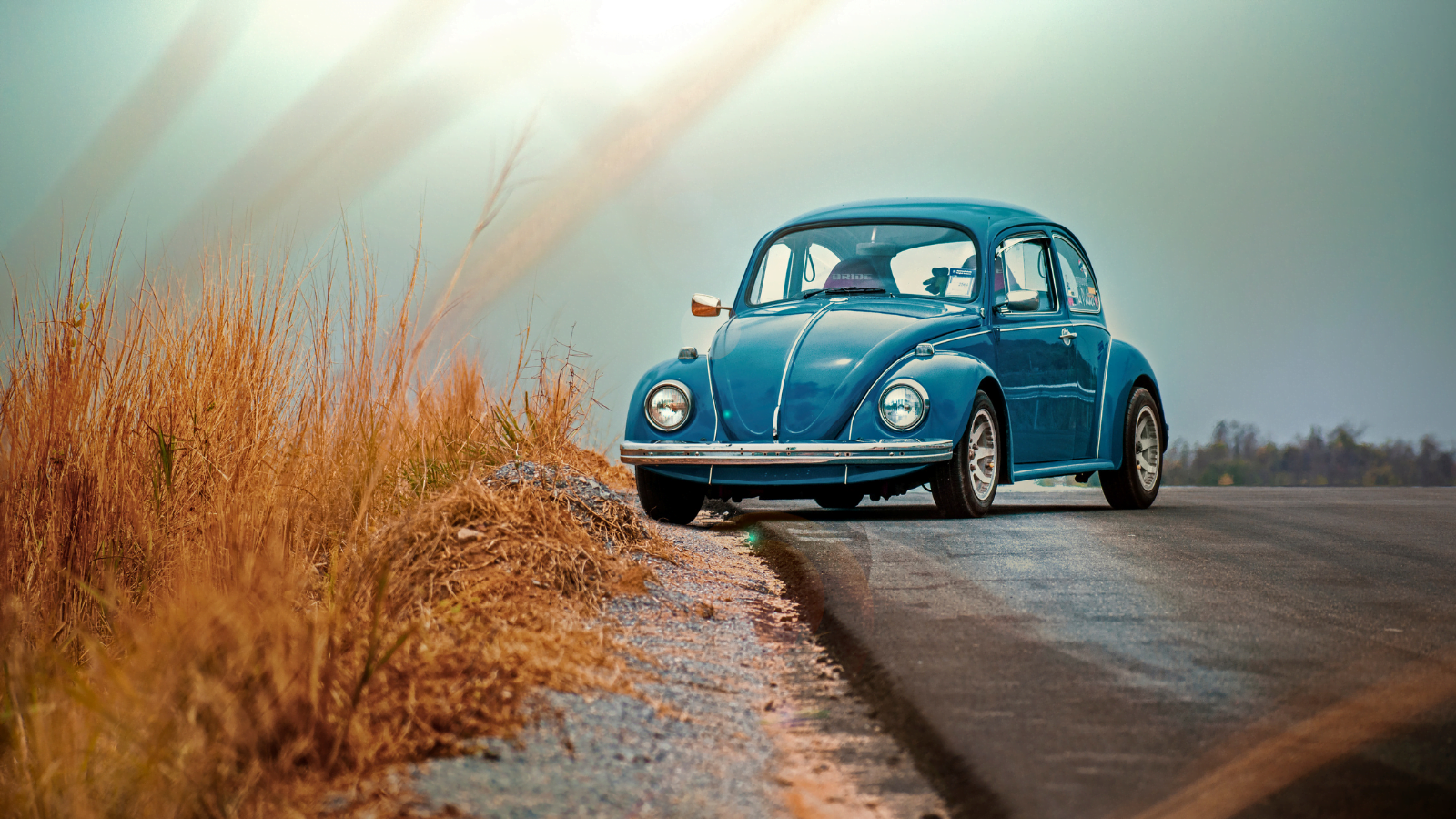
Designed by Ferdinand Porsche (yes, that Porsche), the Beetle was initially commissioned by Adolf Hitler to be “the people’s car.” (yikes) But after WWII, the Beetle took on a new life, shedding its dark past and becoming a global icon of peace, love, and groovy vibes. In the 1960s and ’70s, the Beetle became synonymous with counterculture. It was the star of the movie Herbie the Love Bug, a sentient car with a mind of its own, and the hippie movement immortalized it as a symbol of simple living and rebellion against consumerism. With over 21 million Beetles produced, it’s one of the best-selling cars ever, proving that this little bug had staying power.
Mini Cooper (1959)
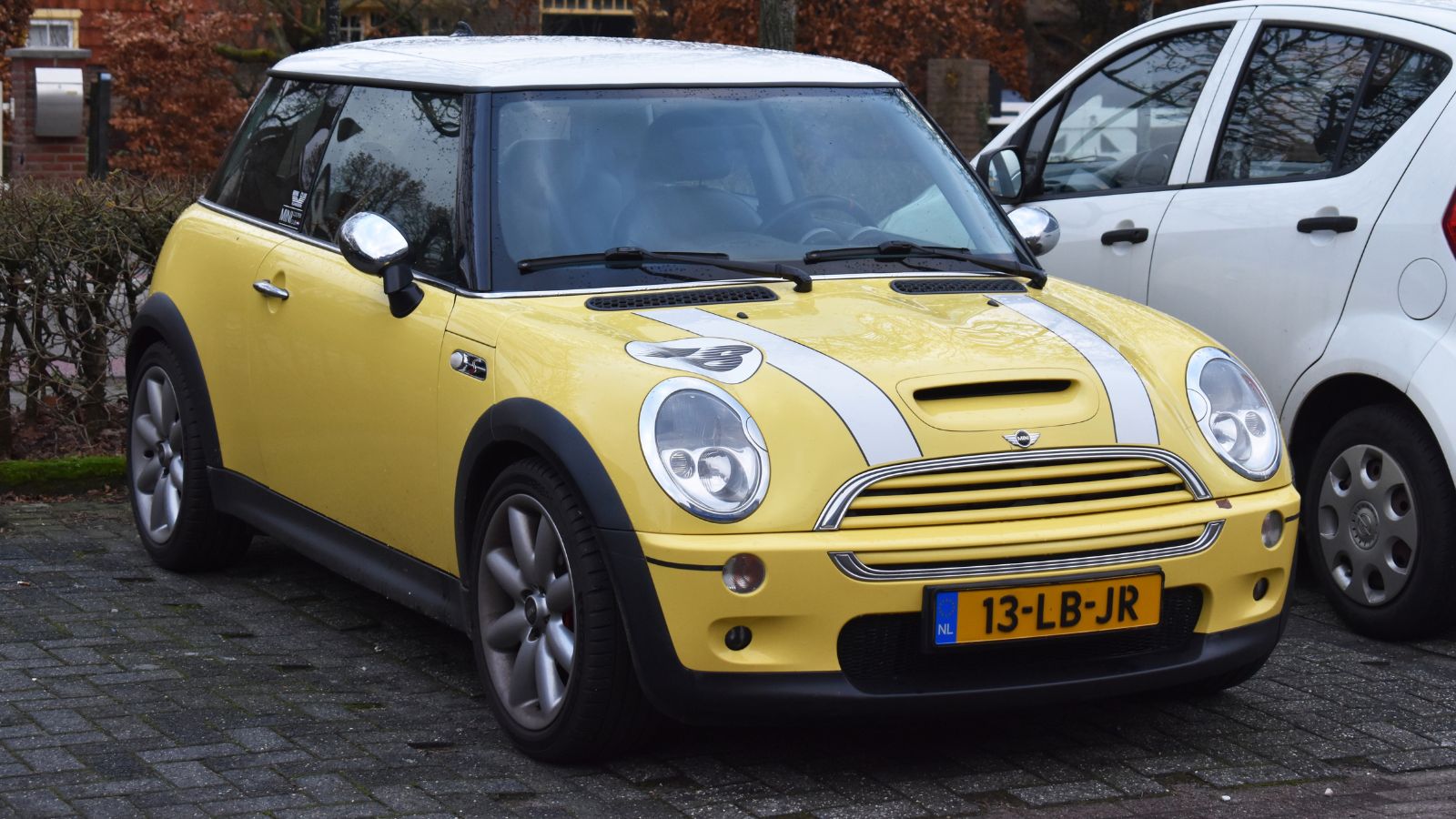
It’s hard to imagine a car as small as the Mini Cooper making such a massive impact when it debuted in 1959. But the Mini was all about efficiency, designed to maximize interior space while staying compact. Its sharp handling and cheeky looks quickly earned it a spot as a beloved cultural icon. By the 1960s, the Mini Cooper wasn’t just a car for getting around town—it was the ride of choice for the swinging London crowd. The Beatles drove them, Steve McQueen loved them, and they became the quintessential cool car in caper films like The Italian Job. Even Mr. Bean made the Mini his go-to car for slapstick antics. It’s clear the Mini wasn’t just about practicality—it was a statement.
Ford Mustang (1964)
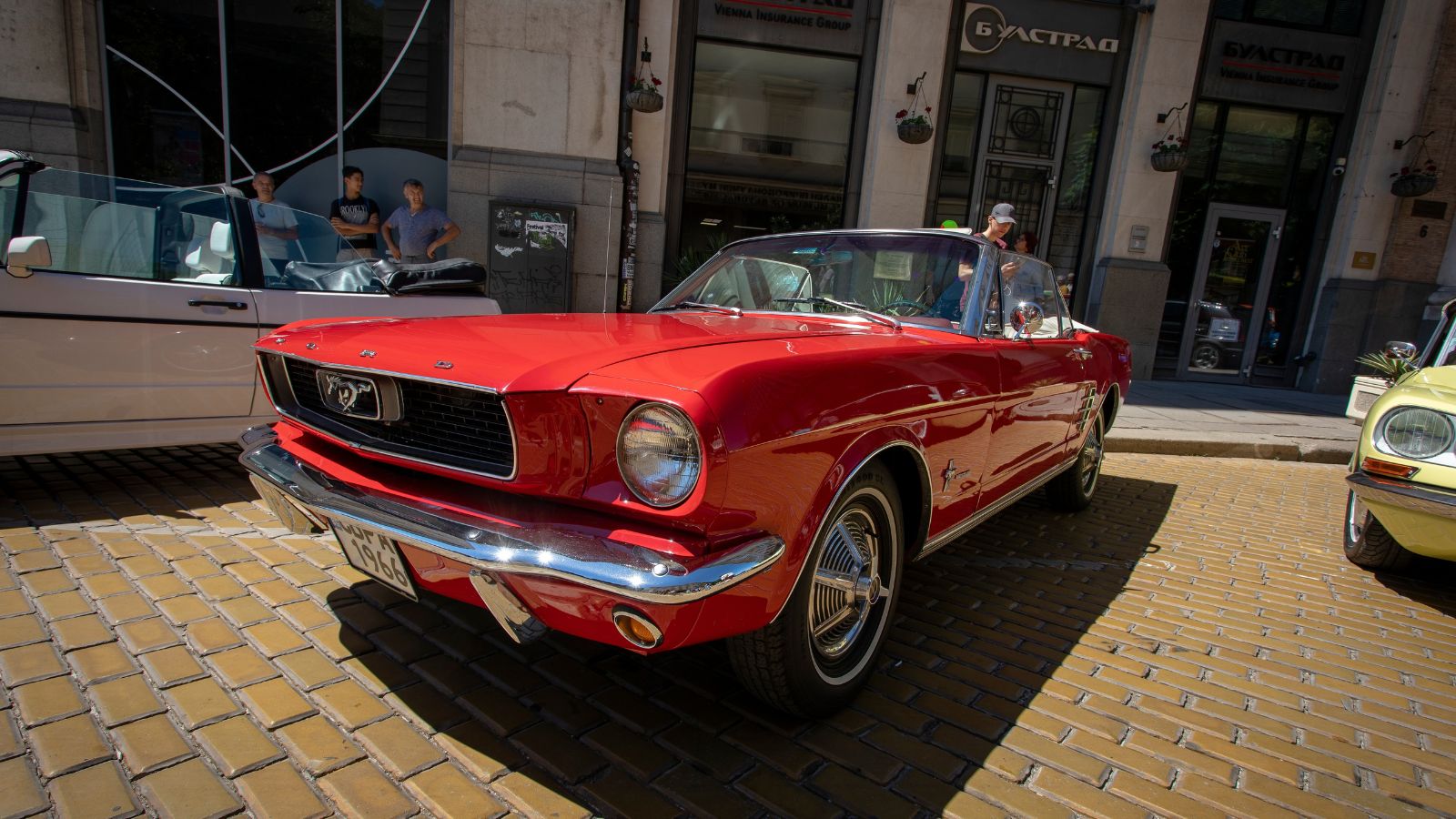
When you think of classic American muscle cars, there’s a good chance the Ford Mustang gallops into your brain like a Hollywood cowboy riding into town. The Mustang exploded onto the scene in 1964, offering speed, style, and an affordable price tag. It didn’t hurt that it looked like it was designed to simultaneously break speed limits and hearts. The Mustang quickly became the poster child of American automotive coolness. Steve McQueen famously drove one in Bullitt, cementing the car’s reputation for being tough and fast. The Mustang was also the centerpiece of countless songs (we’re looking at you, Wilson Pickett), proving that this pony could easily handle its pop culture saddle. From racing circuits to suburban driveways, the Mustang was, and still is, the car that turns heads and burns rubber.
DeLorean DMC-12 (1981)
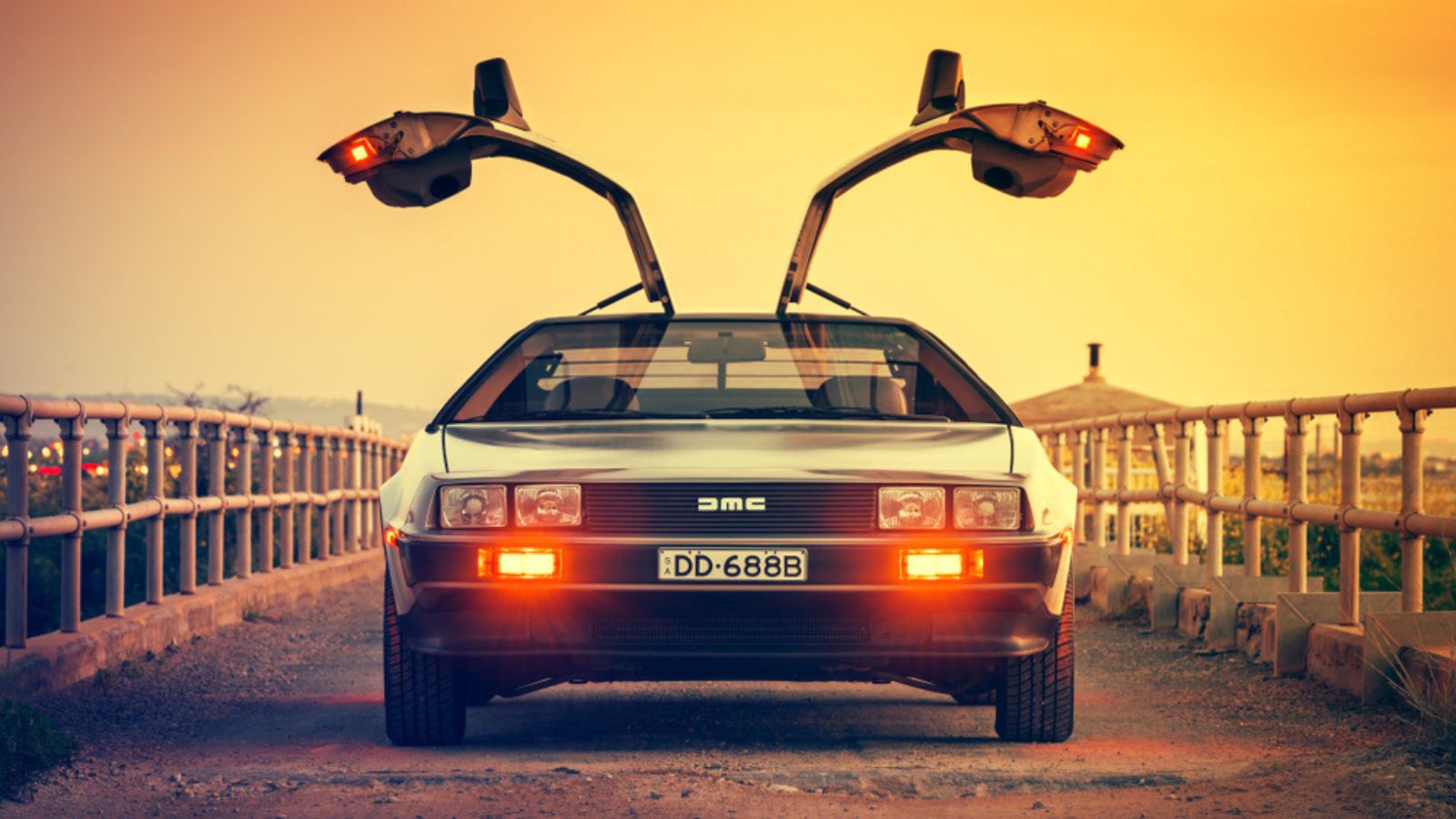
What do you get when you combine gull-wing doors, stainless steel body panels, and time travel? The DeLorean DMC-12, a car that defied expectations, went bankrupt and still became one of the most beloved vehicles in pop culture history. While the car had a short and troubled production run, it became an eternal symbol thanks to Back to the Future. Marty McFly’s time-traveling DeLorean didn’t just jump through decades—it leaped into our hearts. Despite its real-world mechanical issues, the DMC-12 became iconic for its futuristic design. Today, it’s a classic example of how a car can become a star, even if it isn’t a great car. Just don’t expect it to hit 88 miles per hour without technical difficulties.
Jeep Willys MB (1941)
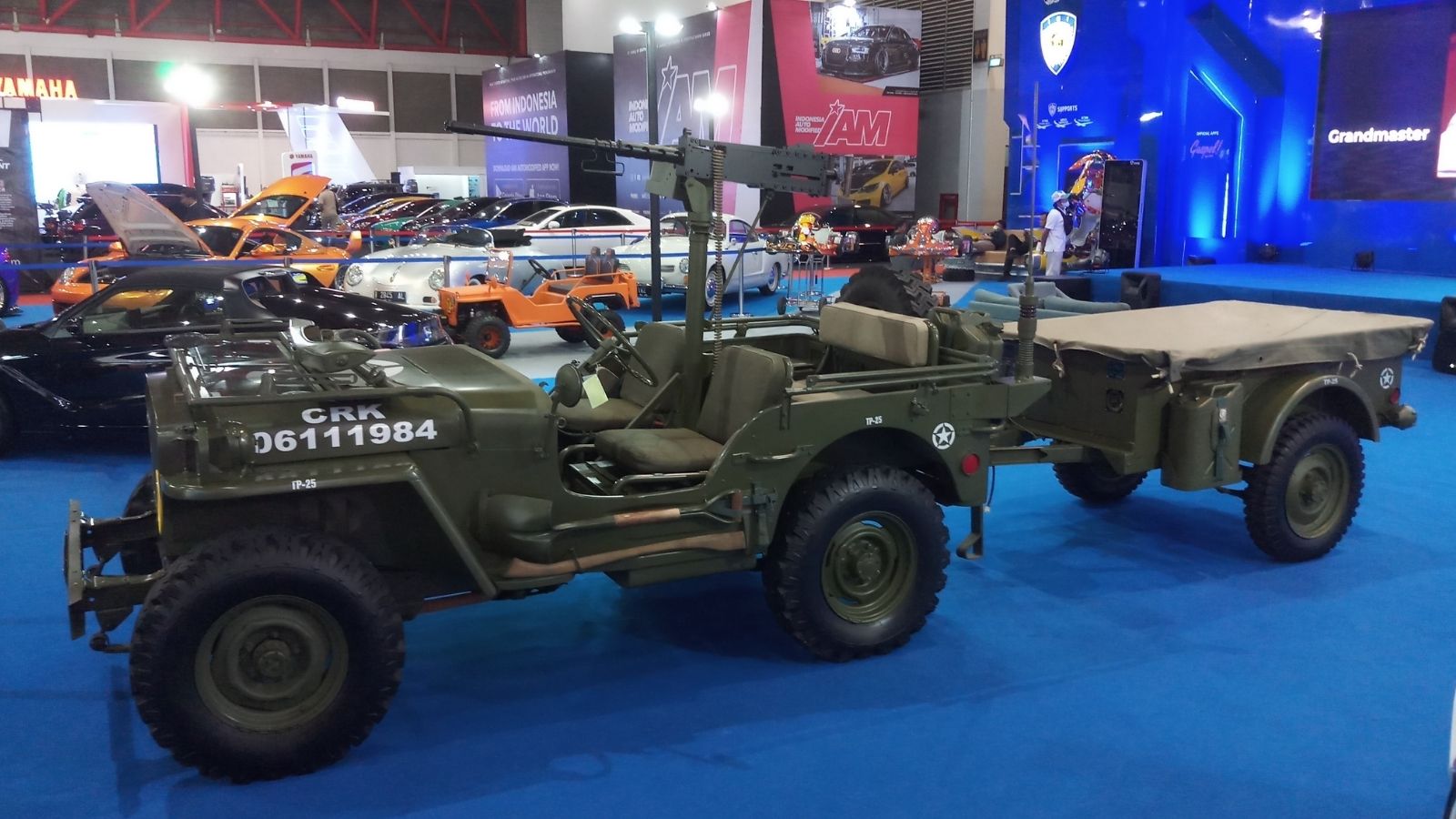
Few vehicles have had as significant an impact on the world as the Jeep Willys MB. Initially developed for the U.S. military during World War II, the Jeep was designed to go anywhere, survive anything, and bring the soldiers home safely. But who knew it would become a literal symbol of freedom, rolling across battlefields and rough terrains, constantly pushing forward? After the war, the Jeep became the poster child for rugged off-roaders. Civilian versions hit the market, and a new era of adventure began. Its status as a cultural icon is unchallenged—whether in the heart of a war movie or climbing over rocky landscapes in a 4×4 competition.
Ferrari 250 GTO (1962)
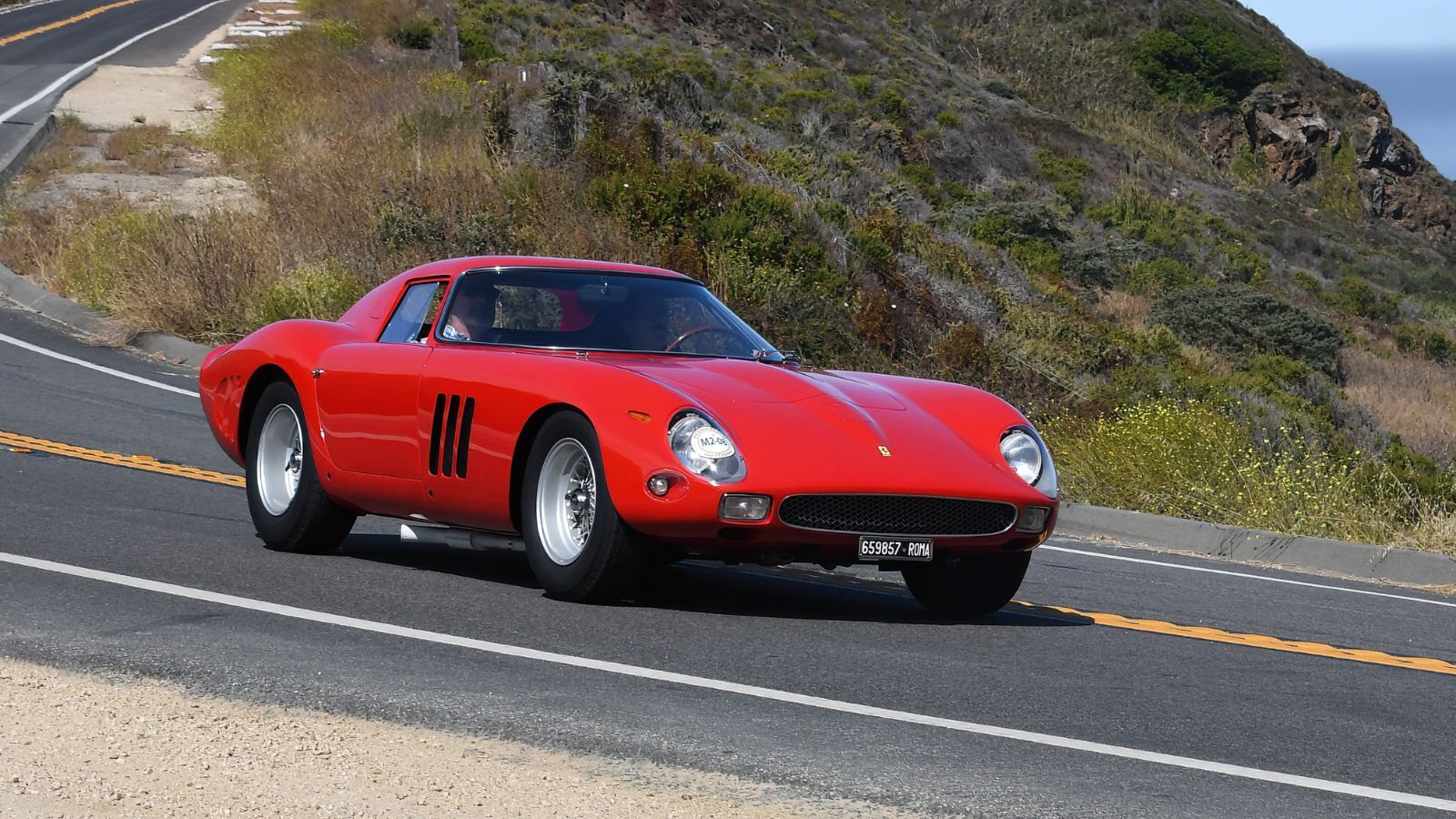
If Leonardo da Vinci were to paint a car, it would be the Ferrari 250 GTO. Often regarded as one of the most beautiful and sought-after cars in history, this Italian masterpiece was built for speed and aesthetics. With only 36 units ever produced, the Ferrari 250 GTO became a collector’s dream and a status symbol among the elite. Its sleek curves and roaring V12 engine made it a racing legend, but its value in the modern era has soared beyond the racetrack. In recent years, the Ferrari 250 GTO has sold at auction for upwards of $70 million, making it a masterpiece not just of engineering but of investment. The GTO is not just a car—it’s a golden ticket to an exclusive club where everyone knows your engine specs.
Tesla Model S (2012)
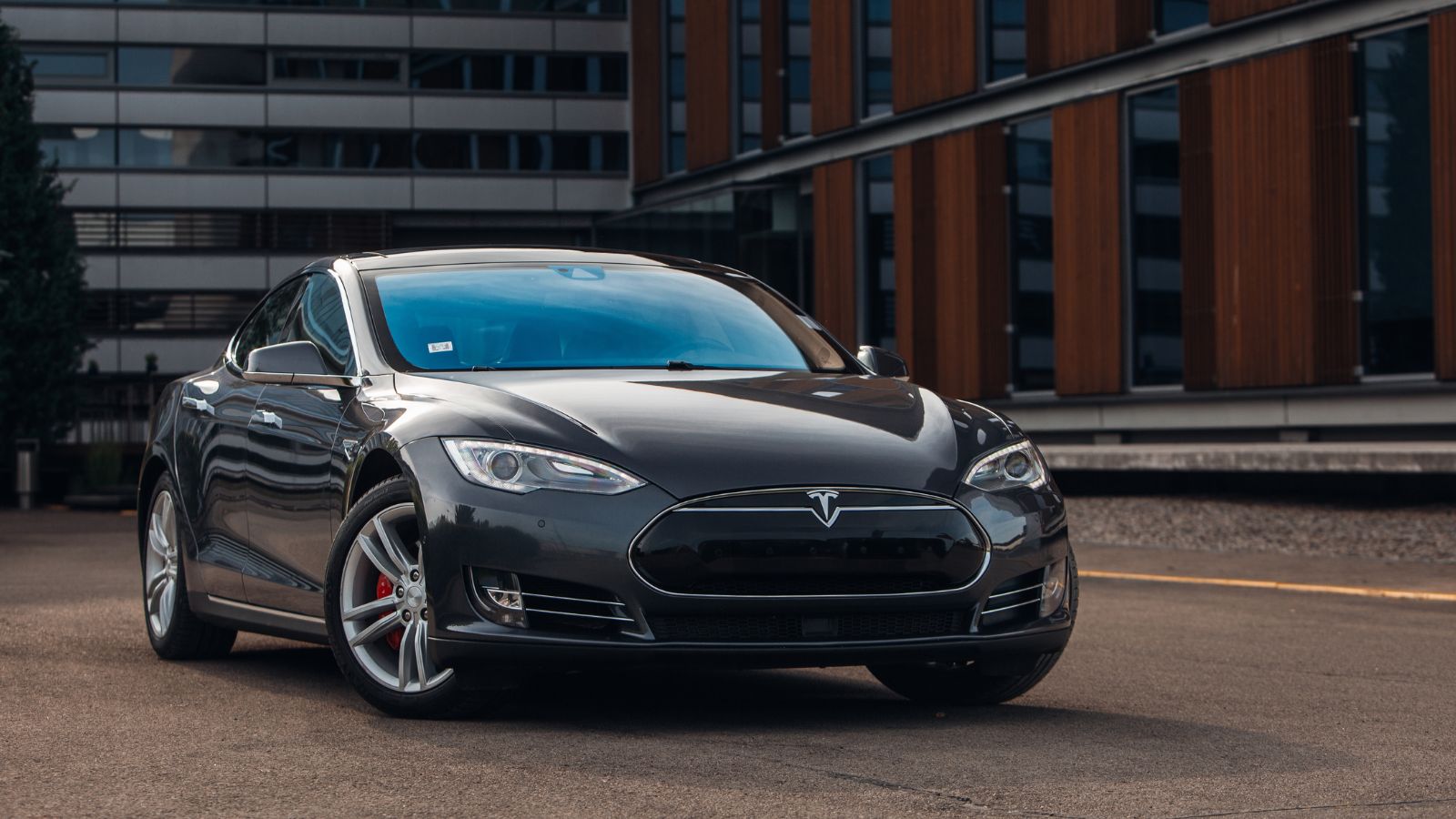
When the Tesla Model S was introduced in 2012, it wasn’t just another electric car—it was the electric car that made the world pay attention. While electric cars have been around for over a century, Tesla’s Model S combined cutting-edge technology, luxury, and an unprecedented range. It looked sleek, performed like a supercar, and could drive hundreds of miles on a single charge. Suddenly, electric cars weren’t just for tree-huggers—they were for tech-savvy thrill-seekers, too. Tesla, led by Elon Musk, sparked an electric revolution that has reshaped the automotive landscape. The Model S isn’t just a car—it’s a statement about the future of transportation wrapped in a whisper-quiet, battery-powered package. Plus, its autopilot features have also led to the rise of the self-driving car.
12 Cars That Are Known for Their Unbreakable Reliability — They Just Don’t Quit
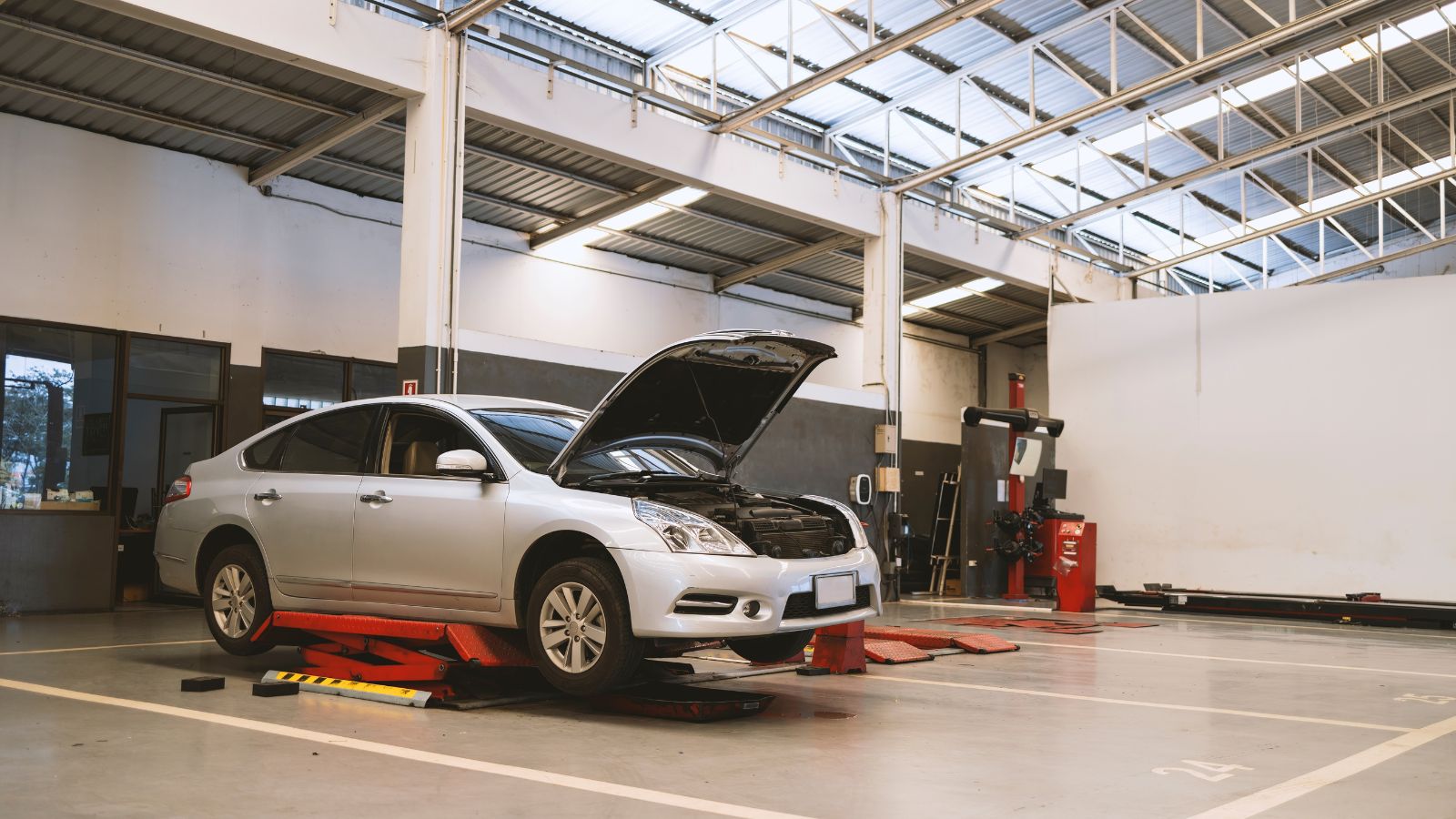
Reliability is a core feature that defines a vehicle. Over the last few decades, some vehicles have emerged as a reliable and durable option, standing out as workhorses that never quit. These vehicles not only prove themselves in terms of performance but transcend their role and become reliable partners, always fulfilling their role. Here are 12 Cars known for their unbreakable reliability.
12 Cars That Are Known for Their Unbreakable Reliability — They Just Don’t Quit
